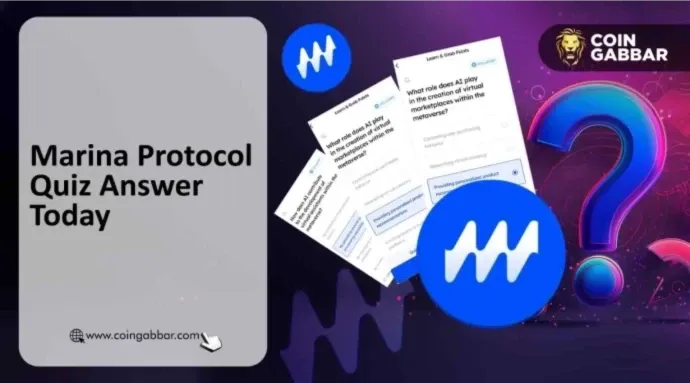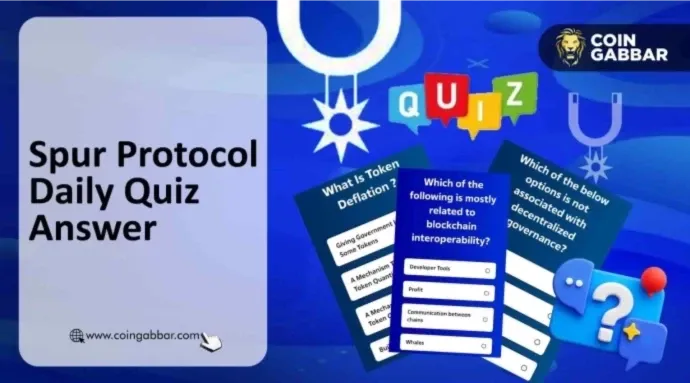I want to discuss a potential token issuance project worth paying attention to in Q4, Brevis, with investors including YZi Labs (Binance Labs), Polychain, and IOSG.
The blockchain industry is becoming increasingly "utilitarian," with only projects related to trading and profit scenarios surviving. Other directions have almost all been disproven.
It's hard to say whether this is a good or bad thing; after all, a good system should align with human nature in a non-reactive way, generating altruistic behavior from self-interested motives to avoid the tragedy of the commons. Just like the Erasmus school, it is destined not to become a prominent academic field.
Now, to the main text, the core of Brevis is the ZK Co-Processor, developed by the Celer team.
Main products include:
1) The ZK-based computation verification layer Pico zkVM
2) The PoS chain Brevis coChain, which is a hybrid of OP and ZK
3) The token reward distribution platform Incentra
What is the ZK Co-Processor?
The concept of a Co-Processor originates from GPUs.
Initially, all computations in a computer were handled by the CPU. With the development of graphic rendering and 3D applications, NVIDIA launched the first GPU in 1999, separating graphic computation from the CPU.
Graphic rendering requires the same calculations for tens of thousands of pixels, making it inherently suitable for parallel processing. GPUs process massive amounts of data simultaneously through thousands of simple cores, achieving far greater efficiency than CPUs for specific tasks.
A GPU is essentially a dedicated co-processor that assists the CPU in handling complex tasks. Today, GPUs are widely used in AI training and inference.
The logic of the ZK Co-Processor is the same—separating computation tasks from the main chain and verifying the correctness of off-chain computations through ZK.
1) Obtain data from the blockchain and prove its authenticity through ZK;
2) Execute computations in other processes and prove the results are true through ZK.
So, what can the ZK Co-Processor specifically do?
Essentially, it calculates results based on on-chain data, making the results public, transparent, and verifiable. Brevis has created an application case: Incentra.
Incentra is a transparent token incentive distribution product that uses the computing power of the ZK Co-Processor to identify real users and distribute rewards based on their on-chain behavior—such as time-weighted average balance (TWA) of token holdings, LP provision status, lending records, etc.
Doesn't it lack a striking appeal? This has been my feeling since I started observing the ZK Co-Processor two years ago, which may also be a common issue with ZK projects—while theoretically very useful, in reality, no one uses them.
Why?
1) Transparency and verifiability are overly idealistic. Project teams and institutions lack the motivation to adopt them. Transparency and verifiability do not bring direct benefits; instead, they reduce operational space and may incur additional maintenance costs due to adaptation.
After all, between reducing selling pressure, controlling token prices, and ensuring transparency and fairness, transparency and fairness are often the least important.
Users receiving large airdrops are unlikely to care much about the survival of the project team; token incentives ultimately turn into a zero-sum game. Just like at the end of Akira Kurosawa's "Seven Samurai," the surviving samurai looks at the guarded village and says, "They have won."
Only exchanges and project teams hold the distribution power, and users naturally become the group forced to sacrifice their interests.
2) Does having the computation results on-chain truly mean transparency and fairness? After all, the computation logic is still written and controlled by humans.
3) There are other ways to obtain on-chain data and perform calculations, not just through the ZK Co-Processor. It can be done through APIs, which can be obtained and calculated directly. Similar to http://Dune.com, this method is cheaper and more stable.
For example, previous claims by ZK Co-Processor projects about "obtaining Uniswap TWAP prices and creating trading strategies on-chain" are actually unfounded and have no practical applications.
Returning to the topic at the beginning of this article, if it is too far from trading and profit, blockchain users may not be willing to pay for the technology. Even the most prominent moment for TEE (Trusted Execution Environment) was when Phala combined it with AI MEME for a fair launch.
Currently, the most outstanding project related to ZK is $LINK, while other ZK encounters with trading and profit only think of L2. If relying solely on ideals, ZK may only remain a topic within the circles of cryptography professors.
免责声明:本文章仅代表作者个人观点,不代表本平台的立场和观点。本文章仅供信息分享,不构成对任何人的任何投资建议。用户与作者之间的任何争议,与本平台无关。如网页中刊载的文章或图片涉及侵权,请提供相关的权利证明和身份证明发送邮件到support@aicoin.com,本平台相关工作人员将会进行核查。




